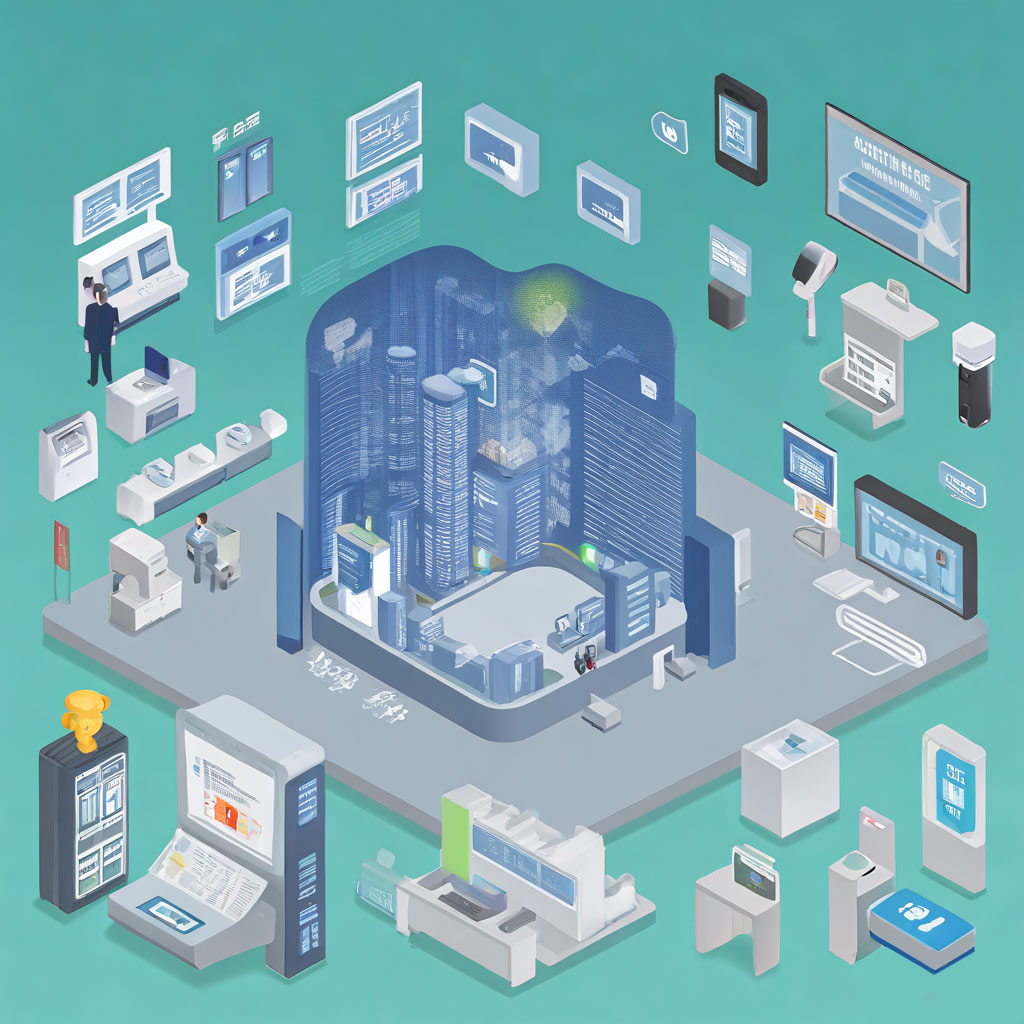5 Reasons Why Interactive Flat Panels Are the Future of Smart Cities
Dec 02, 2024
As cities around the world become more connected and technologically advanced, interactive flat panels (IFPs) are emerging as key players in shaping the future of smart cities. These cutting-edge displays go beyond traditional screens, offering interactivity, real-time information sharing, and collaboration. As urban spaces continue to evolve, IFPs are playing an increasingly vital role in creating more efficient, sustainable, and inclusive communities.
Here are five compelling reasons why interactive flat panels are set to revolutionize smart cities:
1. Revolutionizing Public Spaces with Digital Signage and Information Dissemination
In a smart city, public spaces are not just areas to pass through—they are hubs for communication and engagement. IFPs are transforming public spaces by providing dynamic digital signage that goes far beyond static advertisements. From interactive kiosks in malls to real-time bus schedules at transportation hubs, IFPs serve as the heart of a city’s digital communication system.
Real-Time Information
Interactive Engagement
Localized Content
2. Smart Classrooms and Public Libraries: Bringing Education into the Digital Age
As education becomes more technology-driven, smart classrooms and public libraries are increasingly turning to interactive flat panels to enhance learning and collaboration. These digital tools provide more than just a display—they create an interactive learning environment that adapts to the needs of students and educators alike.
Interactive Learning
Enhanced Accessibility
Collaboration and Inclusion
3. Enhancing Smart Transportation Systems with Real-Time Information
Transportation is a critical component of any smart city, and IFPs are playing a significant role in improving the way people navigate and experience urban transit systems. From bus stations to subway entrances, interactive flat panels are transforming transportation hubs into smarter, more efficient spaces.
Real-Time Transit Updates
Interactive Maps and Navigation
Smart Ticketing
4. Promoting Public Engagement and Community Innovation
Public engagement is a key principle in building a successful smart city, and interactive flat panels are an effective tool for fostering communication between city authorities and citizens. IFPs can serve as a platform for public participation in decision-making processes, community-driven innovation, and civic engagement.
Participatory Decision-Making
Community Projects and Initiatives
Collaborative Innovation
5. Integrating Interactive Flat Panels into Smart City Infrastructure
As smart cities continue to evolve, the integration of interactive flat panels into the broader city infrastructure is key to unlocking their full potential. IFPs can serve as a foundational element in connecting and streamlining urban systems.
Centralized Control and Management
Sustainability
Seamless Integration with IoT
The integration of interactive flat panels into smart city frameworks is ushering in a new era of urban living, where communication is more dynamic, transportation is more efficient, and public engagement is more inclusive. By enabling real-time information sharing, collaboration, and interactivity, IFPs are playing a central role in transforming cities into smart, sustainable, and connected communities. As technology continues to evolve, interactive flat panels will undoubtedly be a driving force in shaping the cities of tomorrow.
Read More
